ITAR Changes: Keeping Up with the Times or Backdoor Gun Control?
ITAR Changes: Keeping Up with the Times or Backdoor Gun Control?

Recently, the State Department announced that they intended to make some changes to ITAR regulations as part of the President’s Export Control Reform efforts. You may have heard the Internet chatter about this measure and the proposed implications of it silencing the media when it comes to posting technical information about the manufacture of weapons (firearms and ammunition.) That being said, there’s more to it when you dig a little deeper, which is exactly what I’ll be doing in this article.
Let’s start with the NRA warning that these changes posed a serious risk your constitutional rights:
“[T]he Obama State Department has been quietly moving ahead with a proposal that could censor online speech related to firearms. This latest regulatory assault, published in the June 3 issue of the Federal Register, is as much an affront to the First Amendment as it is to the Second. Your action is urgently needed to ensure that online blogs, videos and web forums devoted to the technical aspects of firearms and ammunition do not become subject to prior review by State Department bureaucrats before they can be published.”
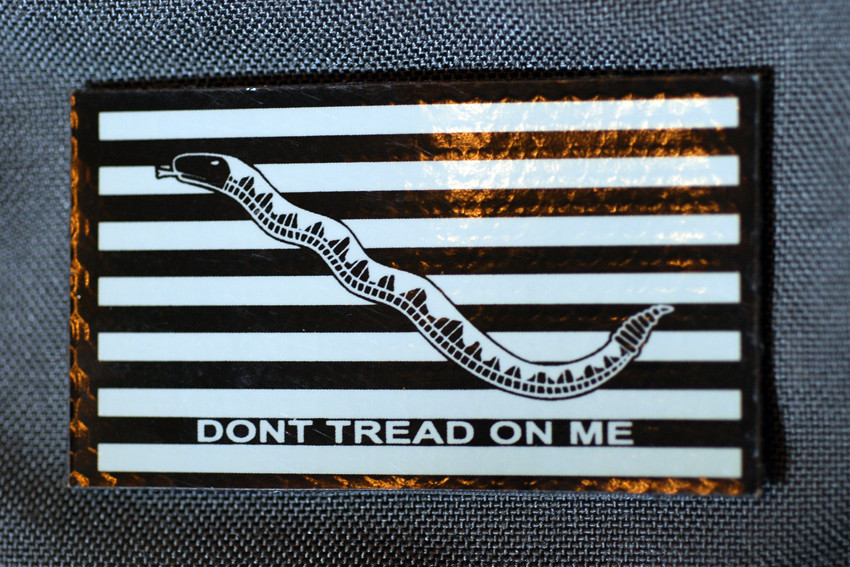
Oh, That? Don’t Worry About That…
Of course, when asked about the NRA’s call to action by a reporter at a press briefing, the department’s spokesman explained that these concerns were misplaced.
QUESTION: Okay. So these rules would not apply to private citizens, only to manufacturers – and only to highly sensitive technical details? Is that —
MR RATHKE: They apply to the technical data and detailed schematics for the production of defense articles.
QUESTION: So they don’t apply to private citizens.
MR RATHKE: Well, they apply to anything that relates to those areas of subject matter, whether discussed by —
QUESTION: Okay. Well, the concern that had been raised by the Second Amendment groups is somehow this is going to restrict or stop or ban discussions about gun – about firearms —
MR RATHKE: Well, I go back to the – also the point that general descriptions – that is general, not technical and detailed ones – general descriptions or public discussions and imagery of defense articles would – have never been subject to these regulations and wouldn’t —
QUESTION: So the concern that has been expressed is misplaced, yes?
MR RATHKE: Yes, that would be our view.
So, what is the truth of the matter? Is the NRA right, or should we believe the government’s reassurance that there’s nothing to this change?
The key is the department’s statement that the proposed new controls “apply to the technical data and detailed schematics for the production of defense articles.” (Emphasis added.) This phrase contains numerous terms of art, words that have specific legal meaning under the International Traffic in Arms Regulations (“ITAR”) and the proposed rules. As will be explained below, this is factually true, but also completely deceptive and misleading.
I’m sorry to say that on review, you may come to believe that the NRA’s concern was misplaced only by understating the threat to your rights. In particular, remember the phrase “technical data and detailed schematics for…production.” We’ll come back to that.
Explaining how the ITAR and these proposed changes work takes some unpacking. This is quite technical, which is probably why the reporter who asked the question didn’t understand the true meaning of the answer provided. Bear with me, I think you’ll come to see that what the State Department’s claim to all this being misplaced concern, masks a fundamental shift that will have widespread negative effects on the free speech of people who write, make videos, advertise, or otherwise produce content pertaining to firearms and ammunition. It also provides the Executive branch powerful tools to silence a community they have been unable to thwart legislatively. Yes, the President does have a pen and a phone.
What is ITAR?
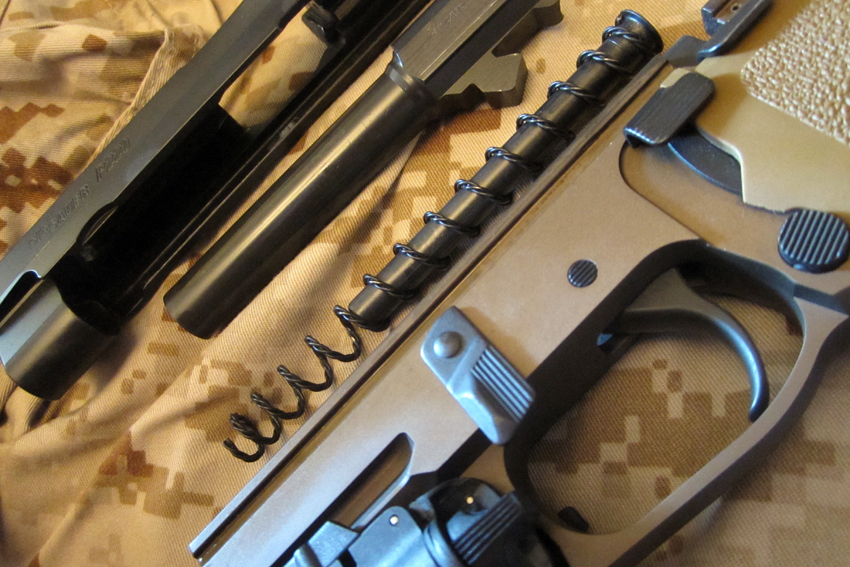
Exporting goods or information outside the United States is not a fundamental right for American citizens; it’s a privilege. Article 1, Section 8 of the U.S. Constitution grants Congress the power to regulate commerce with foreign nations and Congress exercised this authority in authorizing the President to promulgate the ITAR. The ITAR is the body of specific regulations, under the authority of Section 38 of the Arms Export Control Act, which authorizes the President to control import and export of defense-related articles and services. The actual work of enumerating what is controlled for export under the ITAR is done by the State Department’s Directorate of Defense Trade Controls (DDTC,) which has sole authority in these matters.
Designation of an article or service as a “defense article” or “defense service” controlled by the ITAR on the U.S. Munitions List (USML) is, by statute, not subject to judicial review. If the President (or via delegations of authority, the Deputy Assistant Secretary of State for Defense Trade Controls) determines that the thing you exported was a defense article, normally the only questions for the court is whether the export actually occurred, whether it was approved by DDTC and sentencing. No inquiry into the validity of the designation of the item as a defense article is allowed.
So, what is a “defense article” as it pertains to the USML? A “defense article” is any article or service (including software) enumerated on the Munitions List, as well as any “technical data” “required for the design, development, production, manufacture, assembly, operation, repair, testing, or modification” of defense articles or defense services. For example, the MQ-9 Reaper drone is obviously a “defense article,” as are design schematics for the Reaper and manuals and software needed for proper use of the Reaper.
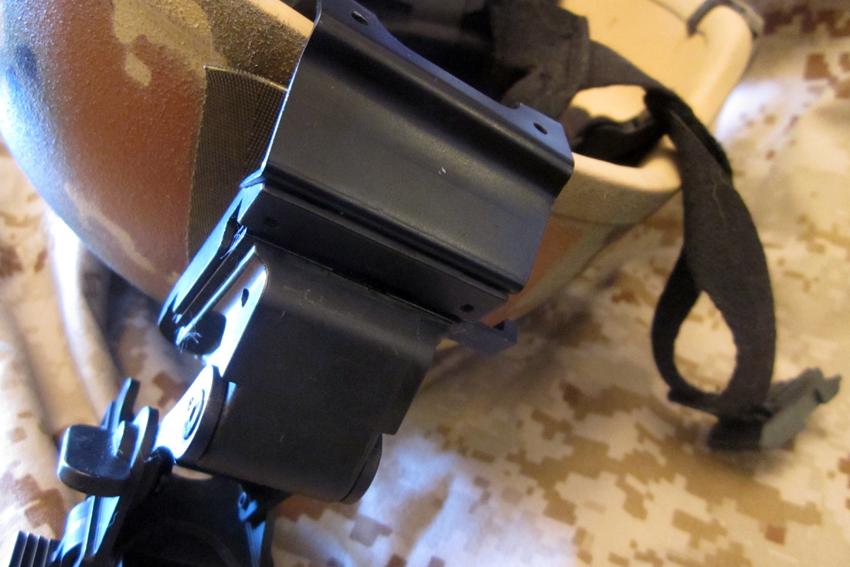
Not all information related to a defense article is ITAR controlled however. There are several safe harbor provisions, methods of releasing information from ITAR control which date back to a 1984 ITAR amendment eliminating most “prior restraint” licensing requirements on speech protected by the 1st Amendment. Among these categories of protected speech that are exempted from the definition of technical data is information placed in the “public domain.”
For example, a sales brochure for the Reaper distributed at a trade show falls into one of the articulated categories of public domain information. Such a brochure is not a defense article even if it contains information that would be otherwise controlled if in another document. Information in the public domain simply falls out of the ITAR.
Similarly, the ITAR provides that “information which is published and which is generally accessible to the public, at libraries open to the public, or from which the public can obtain documents” is in the public domain. Although this ITAR provision predates the Internet, it’s widely relied upon for information available online. Most observe that the plain language of this clause covers this online information, since most U.S. public libraries in the past 20 years have had internet connectivity available for patrons to obtain documents. (See the June 4 post on Export Law Blog, “Once Upon a Time in a Public Domain Far, Far Away.”)
The U.S. Munitions List

In general, subject to limited exemptions, articles on the USML may not “be sent or taken out of the United States in any manner except by mere travel outside the United States by a person whose personal knowledge includes technical data” without first obtaining a license from DDTC. In practice, for example, this means I can carry an NIJ Type IV armor plate in the hydration part of my backpack within the borders of the United States. I can wear that pack around in my home city of San Francisco and I can take it as carry-on baggage on flights from any U.S. city to any other U.S. city. If I have knowledge in my head of how to make this armor, I can (mercifully) travel abroad with my brain.
However, taking that pack with the plate in it, either as carry-on or checked baggage, to a destination outside the United States without first requesting and being granted a license to do so by the DDTC, would be a violation of ITAR. So would bringing any detailed notes containing “technical data” about how to manufacture or use it. Bringing these, or any other article listed on the USML, would be considered an “export” requiring a license, regardless of my intention to keep it with me at all times.
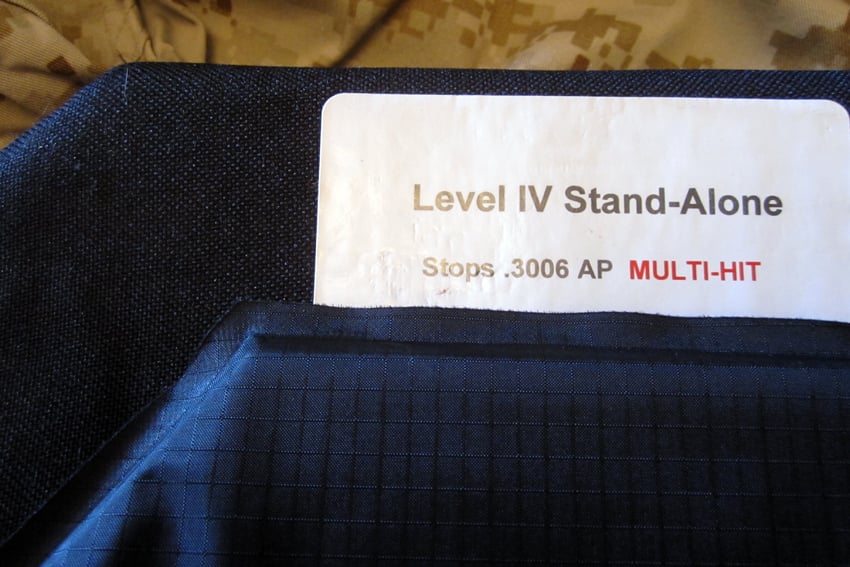
The USML has twenty-one general categories, with the 21st category being “miscellaneous.” Category XXI functions as a “catch-all” for anything the State Department wants to include that is not already covered by the other categories. This includes anything determined to “provide a critical military or intelligence advantage,” whether the item was originally designed to have such applicability, or can simply be altered to provide that advantage. And again, this also includes any and all technical documentation, physical hardware and software as well.
The USML categories are already extensive, covering everything from firearms, ammunition, missile systems, tanks, aircraft, military/space electronics, nuclear weapons test and delivery systems, spacecraft, explosives, naval equipment, submarines and a wide variety of other categories. The U.S. Government Publishing Office (GPO) maintains an up-to-date version of the ITAR (including the USML) online. When any changes are made, they’re reflected on the GPO website within a day or two.
The Definitions of “Development” & “Production”
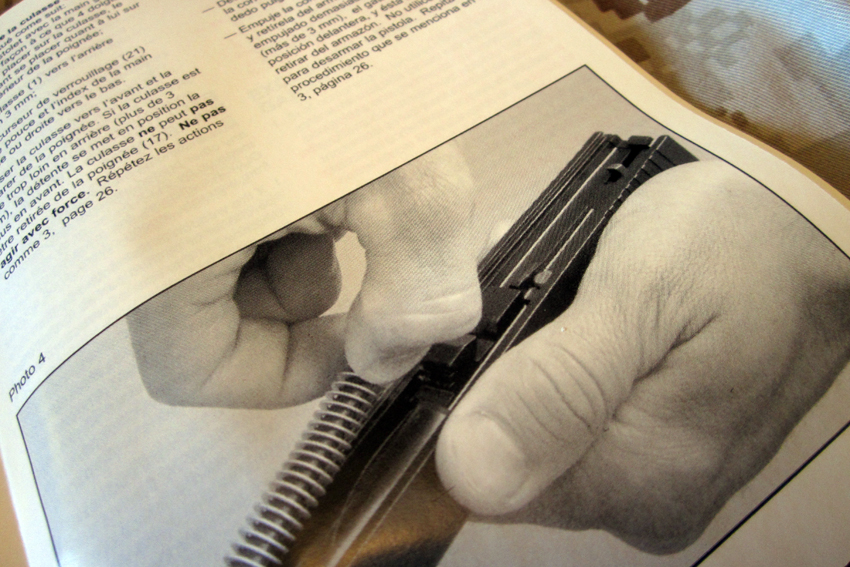
In addition to exemptions related to information in the public domain, there are some discreet exemptions that protect 1st Amendment rights, including speech online that might cross borders and allow the export of otherwise ITAR controlled technical data. One of these is a specific exemption in the ITAR for information related to firearms and ammunition. Today, no license is required for the export of:
“Technical data related to firearms not in excess of caliber .50 and ammunition for such weapons, except detailed design, development, production or manufacturing information.”
Comparing the firearms exemption to the list of classes of information subject to control, we see that information related to firearms and ammunition is exempt from ITAR control even if it’s detailed information required for the “assembly, operation, repair, testing, or modification” of the firearm. Of course, to the extent that the information was properly in the public domain, even detailed design, development, production or manufacturing information is understood to be ITAR exempt.
Between the specific carve outs for public domain information available from libraries (and thus the Internet,) huge numbers of gun owners, hobbyists, gunsmiths (not to mention U.S. based companies marketing things domestically to fill this huge market,) have been blissfully online with all kinds of information that would otherwise be ITAR controlled because of its relation to U.S. Munitions List Category I firearms or Category III ammunition.
Far Reaching Changes
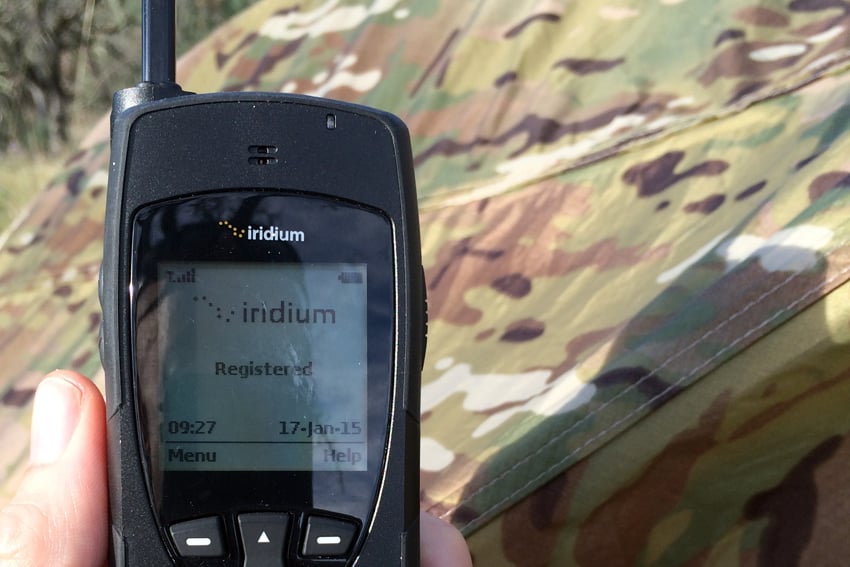
What makes the proposed changes to the ITAR so dangerous to your constitutional rights are two overlapping proposed changes. First, the Department of State proposes to eliminate most of the public domain carve outs. Instead, the proposed rule purports to “clarify” that most (but not all) of the safe harbor provisions in the definition of public domain have actually always been examples of things that require a license in order to release information to the public domain.
Because the Department of State says this is a clarification of existing rules rather than a new requirement, anyone who relied on these safe harbor provisions within the five-year statute of limitations of the Arms Export Control Act may be in legal jeopardy. One might legitimately inquire whether this kind of ex-post-facto rule making is well grounded in Constitutional Law.
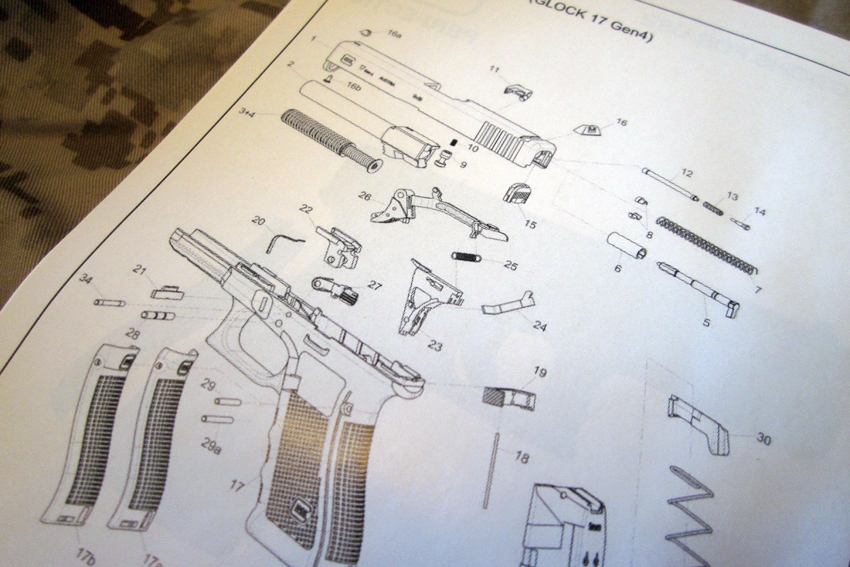
Even if the public domain safe harbor for documents available from public libraries is lost, at least we still have the exemption for information related to firearms and ammunition, right? Sorry, but no. The proposed rule also redefines the terms “development” and “production.” Previously, these terms were only defined terms in one obscure corner of the ITAR which had only applicability in that section. The use of these terms in this section were merely common usage. The proposed change will take those limited scope definitions and make them applicable ITAR wide, including to the firearms exemption. The change in meaning and thus the scope of the exemption, is startlingly significant. These definitions are as follows:
“Development is related to all stages prior to serial production, such as: design, design research, design analyses, design concepts, assembly and testing of prototypes, pilot production schemes, design data, process of transforming design data into a product, configuration design, integration design and layouts. Development includes modification of the design of an existing item.”
“Production means all production stages, such as product engineering, manufacture, integration, assembly (mounting), inspection, testing and quality assurance. This includes ‘‘serial production’’ where commodities have passed production readiness testing (i.e., an approved, standardized design ready for large scale production) and have been, or are being produced on an assembly line for multiple commodities using the approved, standardized design.”
So with this change, inserting these definitions into the firearms and ammunition exemption will be completely gutted. With this new language included, what’s left of the firearms exemption in effect reads:
“Technical data…related to firearms not in excess of caliber .50 and ammunition for such weapons, except detailed [information related to all stages prior to serial production, such as: design, design research, design analyses, design concepts, assembly and testing of prototypes, pilot production schemes, design data, process of transforming design data into a product, configuration design, integration design, and layouts. It also excludes development, including modification of the design of an existing item, and detailed information related to all production stages, such as product engineering, manufacture, integration, assembly (mounting), inspection, testing, and quality assurance. This includes ‘’serial production’’ where commodities have passed production readiness testing (i.e., an approved, standardized design ready for large scale production) and have been or are being produced on an assembly line for multiple commodities using the approved, standardized design.]”
Other than information on the operation of firearms, precious little of the old exemption survives. This seemingly simple change could potentially be applied to render any and all YouTube videos or Internet articles demonstrating the take-down and assembly of an AR-15 illegal under ITAR. Any “how-to” on building your own Kalashnikov on any website could be considered an ITAR violation.
Even products like Glock’s Bench Mat could easily be considered ITAR controlled items, as they depict a schematic showing how to assemble the firearm. While it might be simple enough to restrict Glock from exporting Bench Mats outside the United States, the product images themselves, contain the information that might be ITAR controlled, so having those images hosted on Glock’s website might actually also be an ITAR violation.
Permitted Technical Data Exports

Under the proposed changes, the exportation of “technical data” by electronic transfer of said data outside the United States without a license, is permitted under narrow license exemptions. Uploading otherwise controlled technical data to the web will only be allowed if it can only be accessed exclusively by a “U.S. Person” and the data is encrypted, end-to-end, for its entire journey.
Anyone familiar with the basic nature of the Internet and web servers knows that once you upload a document to a web server, unless that server or its surrounding network infrastructure is configured to restrict access to hosts within the same nation as the server (which is something both difficult to do and easy to circumvent with the use of proxy servers), that document is basically available to anyone. A simple GET command to that server is all that’s needed to send the data back to the requester over either normal HTTP or SSL-based HTTP. And no, SSL does not meet the standard for “end to end encryption” of “technical data.” Any other technical data placed online will likely be an ITAR violation.
Destination Matters – If ISIS Has Access, Everyone is the Islamic State
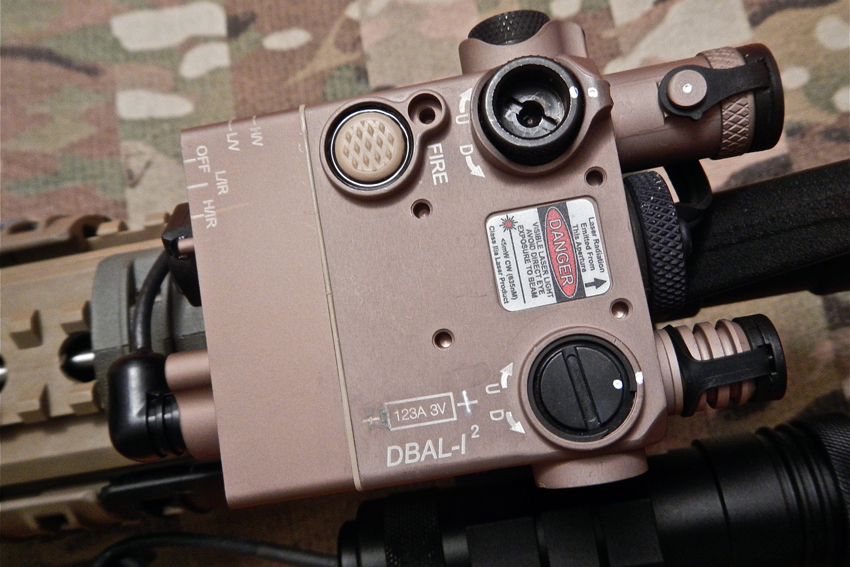
In comparison to the controls on firearms and firearms related information under the ITAR, controls managed by the Bureau of Alcohol, Tobacco, & Firearms are a very light touch. To understand how different the two sets of controls are, not every destination outside the U.S. is treated the same by ITAR. Although ITAR licenses are routinely available for many countries and end-users, some destination nations for USML items or technical data are specifically forbidden and some are restricted on a case-by-case basis. Importantly ITAR regulated exports are normally prohibited to any country under an arms embargo.
This includes (among others) Belarus, Burma, China, Cuba, Eritrea, Iran, North Korea, the Republic of Sudan, Syria and Venezuela. Exports to other nations, like Afghanistan and Iraq, obviously have strict limits on ITAR controlled exports for the purpose of allowing authorized entities to provide controlled items to the governments we support, while denying access to insurgents and terrorist groups. All of these destinations have access to the internet, however, which means that the licensing policy DDTC will apply for internet posts containing ITAR controlled information will be in accordance with the policy for the country with the least favored access. In other words, a general policy of denial.
Now, go back to the top of the article and re-read the press briefing and see what the words being used mean in the context of the proposal. It should send a chill down your spine. In practice, this proposal means your local gun club Internet bulletin board is about to become regulated as if it were crates of missiles being smuggled onto a freighter destined for the Islamic State. It’s an international security control being sweepingly modified to comprehensively crack down on domestic speech of freedom loving Americans.
Enforcement and Punishment
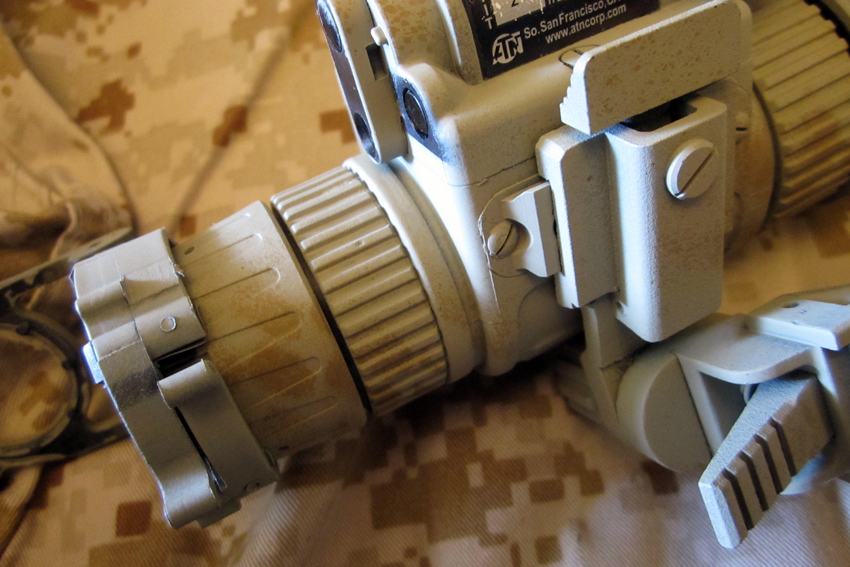
So what happens if you get on the wrong side of the ITAR? In a word, don’t. Violations of ITAR are prosecuted by several government agencies, including U.S. Immigration & Customs Enforcement, the Federal Bureau of Investigation and the National Security Division of the Department of Justice. The ITAR has real teeth. For a business in violation, the end result can be “turn out the lights” catastrophic. For an individual, Internet violations can be life changing to say the least. Violations carry a potential punishment of up to twenty years and fine of up to $1 million dollars, per infraction.
This means that if you’re caught exporting 20 third-generation night vision optic devices, you could face a sentence of 400 years, depending on prosecutorial inclination towards you. Similarly, if you post a YouTube video of how to break down and reassemble your Glock and that video is then viewed 20 times overseas, you, your ISP and YouTube will all face huge legal liability when the Department of State comes to call. A single post may be read hundreds or thousands of times and each view may be a separate offense.
The high penalties associated with ITAR violations are used by prosecutors to push people to plead guilty in exchange for reduced sentences. California’s noted anti-gun State Senator Leland Yee, who recently pled guilty to charges of racketeering, is facing a possible 20 year sentence and potentially $250,000 in fines as a result of his plea bargain. In stark contrast, had Yee been convicted of moving the 100 Tavor rifles he was indicted for, the ITAR-prescribed punishments alone could have yielded him a 2000 year sentence, and 100 million in fines.
Whether each ITAR violation would be prosecuted is an entirely separate question; there are already millions of examples of prospective ITAR violations on the Internet today and ICE does not have infinite time and resources to pursue each and every potential violation. Nor do they need to in order to shut it all down. Even if the government does not pursue criminal prosecution, civil penalties can include the seizure of articles, vehicles, or other materials involved in the transportation of those articles. Presumably, this might include your firearms or ammunition in the United States, as well as your computer equipment used to upload your offending blog post. It can also can result in the revocation of export licenses, fines of up to half a million per violation and debarment from export privileges and government contracts.
With criminal ITAR-prescribed penalties of up to twenty years in prison and one million dollar fines per violation, this is an overwhelmingly powerful tool to provide prosecutors for use against people providing “technical data” about small arms and munitions who didn’t bother to beg the State Department’s permission before publishing. However, it doesn’t need to go after individuals to shut down gun related Internet activity. All it has to do is send warning letters to the Internet Service Providers and web hosting services. They will turn off the lights.
What Can You Do?
So, what can you do about this? It’s simple, really. Comment. Yes, it’s a good idea to contact your U.S. Representatives and Senators in Washington, but it’s critically important to send in specific comments on the regulation. Be polite and specific. Give proposed alternative text, not just rants against the proposal. Also be sure to send it in in the way required by the Federal Register Notice.
DATES: The Department of State will accept comments on this proposed rule until August 3, 2015.
ADDRESSES: Interested parties may submit comments within 60 days of the date of publication by one of the following methods:
- Email: DDTCPublicComments@ state.gov with the subject line, ‘‘ITAR Amendment—Revisions to Definitions; Data Transmission and Storage.’’
- Online: http://www.regulations.gov/, search for the notice by using the rule’s RIN (1400–AD70).
Editor-in-Chief’s Note: Matthew Sharp is a Plank Owner and Life Member at ITS and goes by the username “viator.” He lives in The People’s Republic of Northern California and enjoys long range shooting, carrying heavy objects great distances and fuzzy little puppies.







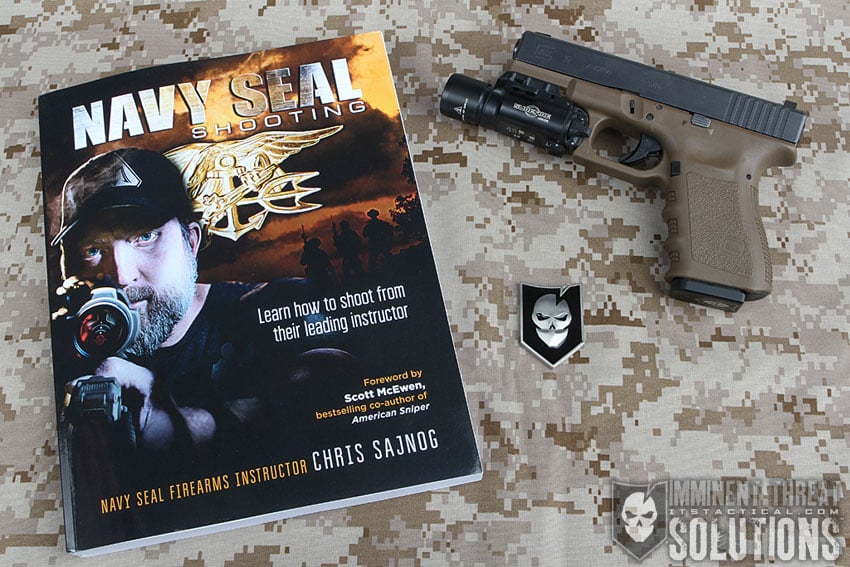




Discussion